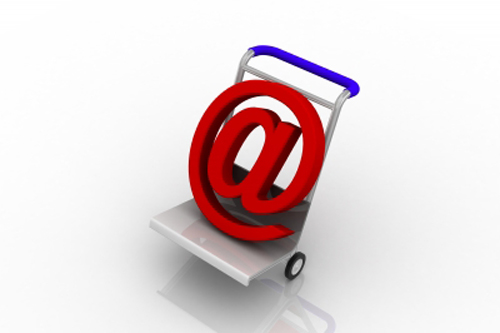Email is one of the most common and effective methods of interacting with customers and clients: old, new and potential. Despite being such a prolific and popular method of communication, many companies aren’t getting the results they want out of their emails. While there could be many reasons for the email’s lack of success, one of the biggest reasons these emails might be falling short is because they’re made from templates. Here are some of the reasons why these template emails are failing and why custom email designs are much more effective.

Think about yourself as a consumer for a moment, but more importantly think about your experience and life as a consumer. Think about the various ways and methods companies use to inform you about new products; think about the circumstances with which you make some of your purchases. Chances are, when you were buying those products, there was a reason why you choose to buy from this vendor over another, or from one product over another. What likely sold you was the attention the product seemed to place on you, the consumer, or the stylistic aesthetics of the company or product spoke to you in a way that felt new and exciting. You decided to go to the cool new boutique to buy your appliances because their style seemed fresher than the standard or commonplace competition.
These same situations and scenarios apply to email. With a barrage of email every day—as part of our consumer lifestyles—in order to get ahead, to stand out, to obtain that sale or patronage, you’ve got to be unique and original. With the wealth of emails we receive, templates become very familiar; and likely a company that uses these templates will fall behind to a company that uses a custom design. Like a good grocer, freshness is key for success: stale email designs are likely to be discarded, or worse, can result in your customers unsubscribing.

Custom email designs are also a great indicator to a customer of how serious a company is and how much they value their customers. It might be a very unfair assessment on the customer’s part, but they’re not the ones trying to develop their business. Custom designs show your customer that you’re willing to go a step further than the norm; that you’re not just looking to take the easy way out; and showing that kind of dedication in an email says to the customer that they can expect the same treatment.
While custom email designs might seem a little daunting, they don’t necessarily require you to reinvent the wheel or learn complex coding to implement. A simple, elegant design can still instill an idea of care and attention to your target audience and still feel new. Sometimes it’s the busy nature of these templates that puts of customers; your custom design might benefit from scaling it down a bit.
Of course, you can choose how much or how little information your audience needs, but making sure your content is presented in a custom format will make bold strides with your clients. And isn’t that what it’s all about, keeping your client or customer happy to ensure their continued relationship with your company. Who knows, your email might even make that customer want to take that next step!






























